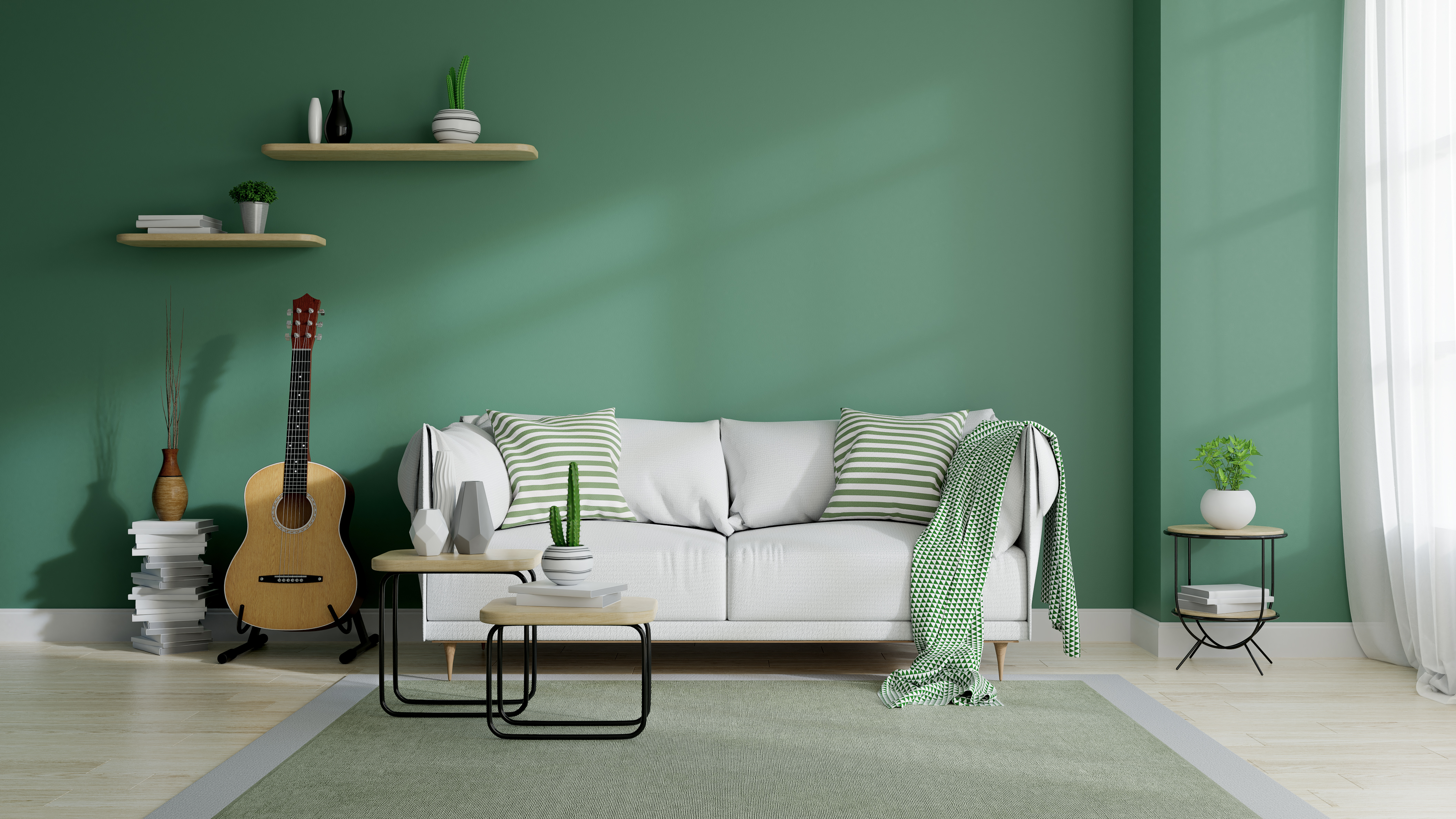Setting Up the Your Practice Room
There are several things every singer should have in their practice room.
There should be a CD player or another device for playing music. If you’re using your phone for this, consider switching it to Airplane Mode so that you will not be distracted by texts, emails, or phone calls.
A clock or timer should be available to make sure that you do your warm up and cool down for the appropriate periods.
A mirror should be installed if it isn’t already in the room. A full-length mirror is best; at the very least, you should be able to see your torso. This helps you see how small changes in posture affect your sound.
Sheet music should be available for every song or warm up you do. A music stand is also helpful for keeping your body free when practicing, and it should be set to the side of the mirror so that it does not block your view of your body as you practice.
It’s also a great idea to get a notebook, where you can track how long you practiced, what you worked on, and your goals for the week or month.
If you take in-home lessons, you might want to consider investing in a piano or keyboard. You’ll maximize what you learn if your teacher can accompany you on your exercises, and it can help for pitch-matching exercises, as well. This teaches you not only how to practice, but how to sing with a live instrument.

